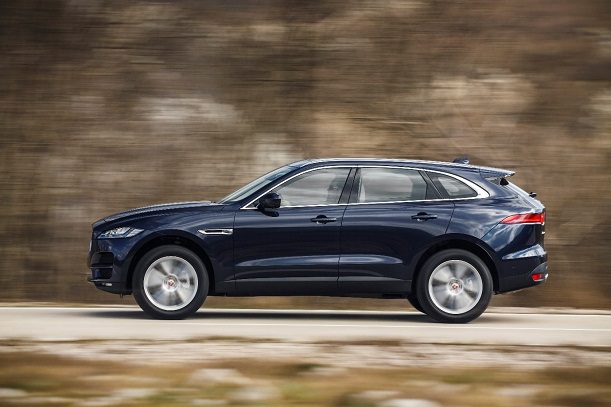Vodafone, Huawei and Jaguar Land Rover have showcased how cellular vehicle to X (C-V2X) technology can broadcast short range and long range simultaneously and prevent road accidents.
According to European Commission figures, in spite of a 40 percent drop in road accident deaths between 2006 and 2016, 26,000 people died in 2016.
The UK operator said the demonstration, which was held at Huawei’s Global Mobile Broadband Forum last week, was a first for the technology and showed how itwas now ready for market.
A Jaguar F-PACE and Land Rover Discovery vehicles were fitted with C-V2X units powered by a Huawei chipset and which were able to support both short range and long range communications.
The units connected to Vodafone’s mobile network for long-range communications as well as C-V2X’s PC5 interface for short-range connections. The latter enabled a connection to Huawei’s PC5 capable roadside units, which were able to alert a vehicle if a speed limit was broached.
[Read more: Deutsche Telekom to build Europe’s largest 5G connected car testbed]
The companies showed how accidents could be avoided at T-junctions by delivering alerts over short and long range communications, how alerts could be sent when a car is changing lanes or overtaking in a blind spot, when a vehicle brakes suddenly, and when a speed limit changes.
Luke Ibbetson, Vodafone Group’s Head of Research and Development, said: “We started developing C-V2X back in 2015 with the belief that the ubiquity of mobile networks will play an important role in connecting vehicles, road users and infrastructure in order to create a step-change in road safety and connected mobility.
“This live demonstration shows that the technology has reached a mature stage and is ready for deployment. That is very good news for all road users.”
Colin Lee, V2X Group Manager, Jaguar Land Rover, said: “Increasing the line of sight of a vehicle by enabling it to talk to other vehicles, pedestrians and the surrounding environment means we can drastically help to improve road safety for all road users.
The sooner we can bring connected vehicles to our customers, the sooner we can make safer, congestion free roads a reality.”



